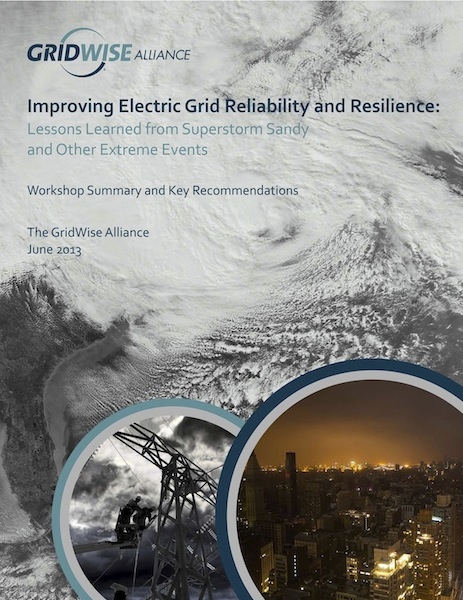
Business
News
GridWise makes recommendations for grid resiliency post Sandy
June 6, 2013 | By Anthony Capkun

June 6, 2013 – The GridWise Alliance released a report outlining a series of recommendations to help alleviate the effects of large-scale events on the electric system. They are the direct result of a workshop convened following Superstorm Sandy during which representatives from 20 electric utilities from across the States, along with suppliers and other experts, shared their experiences and lessons learned in dealing with these events.
“The GridWise Alliance report identifies actions that can be taken by utilities, policy-makers, emergency responders and technology suppliers to improve the resiliency of our electric power grid during future extreme events,” said Becky Harrison, CEO of the alliance.
Examples of key insights include:
• New technologies deployed on the electric grid provide utilities with advanced remote control and monitoring capabilities. For example, smart meters and smart grid sensors now provide utilities with visibility to actually know when the lights are Off without waiting for customers to pick up the phone and report outages.
• Advances in weather forecasting combined with better damage modelling caused by these events could enhance utilities’ ability to plan their response and get the lights back on faster and at a lower cost.
• Critical infrastructure is becoming more interconnected, and utilities must understand and plan for this interdependence. Many people now depend on smartphones to manage their lives more effectively. Utilizing this same cellular network for grid equipment to automatically report its status, and for restoration crews working to repair the grid to communicate their efforts, requires cellular networks to be up and running during these events.
• During Sandy, utilities received Tweets with pictures of downed power lines, yet there was no way to connect these pictures to their equipment and locations. The computer systems run by utilities can be adapted to use these social media feeds to automatically update the grid’s system conditions and reduce the time delay in responding.
• In New Jersey, there is a high penetration of rooftop solar, but none of this worked when the power was out to the house. New policy and operating procedures are needed in order to leverage customer owned power sources during major outage events like Sandy.
Print this page